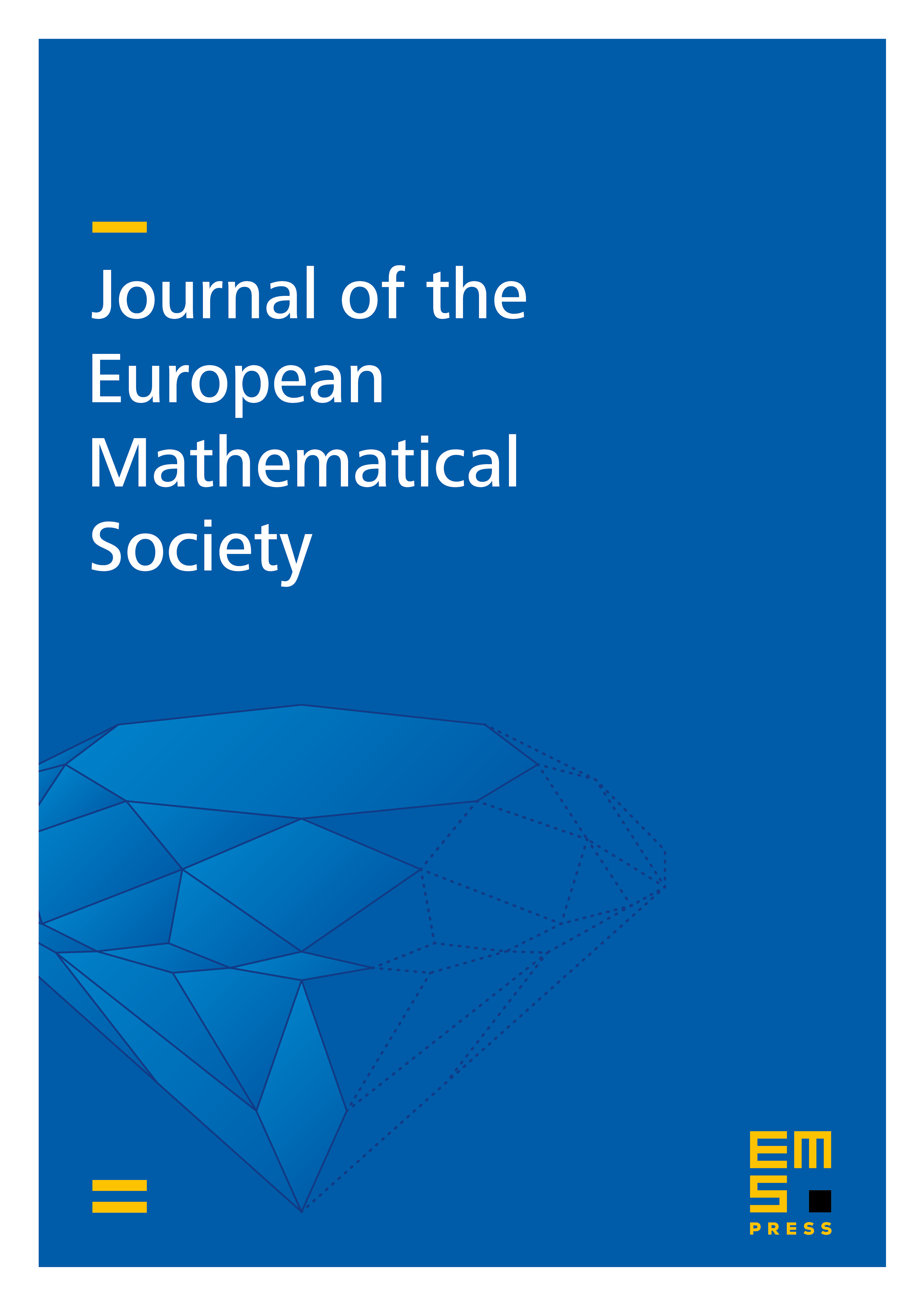A sheaf-theoretic model for SL(2,) Floer homology
Mohammed Abouzaid
Columbia University, New York, USACiprian Manolescu
Stanford University, USA

Abstract
Given a Heegaard splitting of a three-manifold , we consider the SL(2,) character variety of the Heegaard surface, and two complex Lagrangians associated to the handlebodies. We focus on the smooth open subset corresponding to irreducible representations. On that subset, the intersection of the Lagrangians is an oriented d-critical locus in the sense of Joyce. Bussi associates to such an intersection a perverse sheaf of vanishing cycles. We prove that in our setting, the perverse sheaf is an invariant of , i.e., it is independent of the Heegaard splitting. The hypercohomology of the perverse sheaf can be viewed as a model for (the dual of) SL(2,) instanton Floer homology. We also present a framed version of this construction, which takes into account reducible representations.We give explicit computations for lens spaces and Brieskorn spheres, and discuss the connection to the Kapustin–Witten equations and Khovanov homology.
Cite this article
Mohammed Abouzaid, Ciprian Manolescu, A sheaf-theoretic model for SL(2,) Floer homology. J. Eur. Math. Soc. 22 (2020), no. 11, pp. 3641–3695
DOI 10.4171/JEMS/994